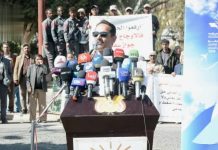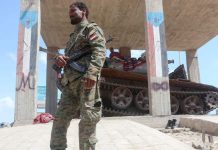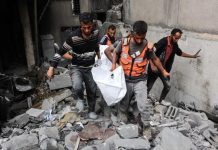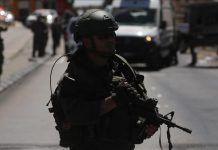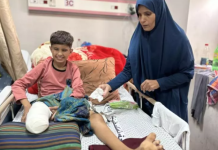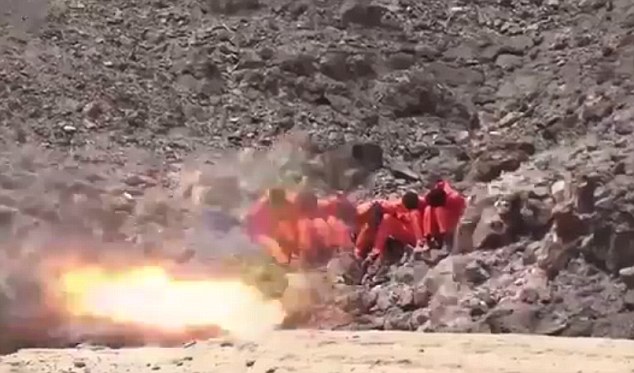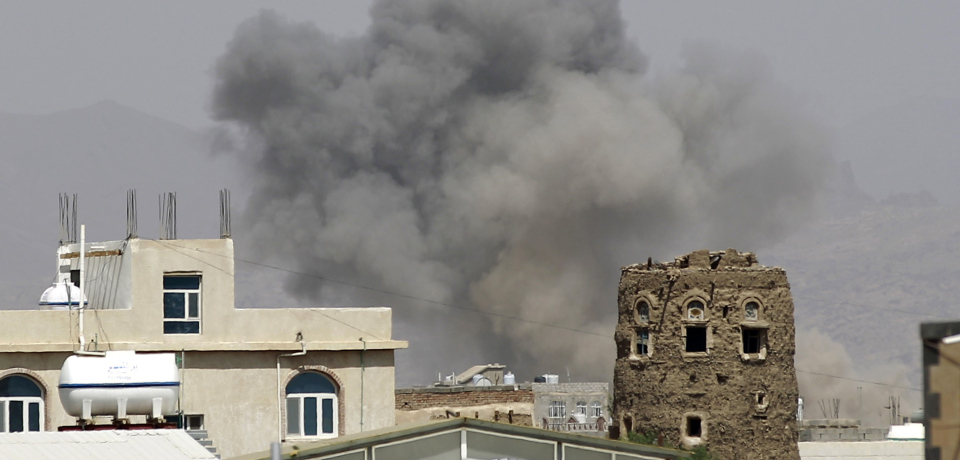
Paul McLeary
The unexploded cluster bombs are an increasingly common sight in Yemen’s farms and small villages, a visible reminder of Saudi Arabia’s continuing air war there – and of Washington’s large but little-known role in arming and fueling Riyadh’s warplanes.
When the Saudi-led coalition of Sunni Arab nations began their bombing campaign against Houthis in March, the allies promised a quick, sharp air war to push the rebels out of the capital city of Sana’a. But eight months later, the fighting has only intensified. First, ground troops from Saudi Arabia and the United Arab Emirates stormed into the country in U.S.-made armored vehicles as part of a push to blunt perceived Iranian influence in the region and return ousted President Abed Rabbo Mansour Hadi to power. Those troops were later joined by hundreds of soldiers from Egypt, Qatar and Sudan.
While the fighting on the ground has been intense, it is the air war that has caused the most destruction, with warplanes circling Sanaa and the small villages throughout the country looking for military targets, but too often hitting civilians instead. The United Nations estimates that the war has resulted in the deaths of over 2,500 civilians, including hundreds of women and children.
A top Royal Saudi Air Force general recently insisted that his country is “sticking to the rules, the international rules and Geneva Convention, first, and law of conflict.” Despite the rising civilian death toll, “we don’t target civilians,” he said.
Riyadh has come under fierce criticism from outside human rights groups, who have charged the country’s air force of bombing civilian targets without investigating afterward, or admitting responsibility. “The obligation of any warring party is to conduct a serious investigation” into charges of civilian deaths said Joe Stork, Middle East and North Africa deputy director for Human Rights Watch. “The Saudis have simply not done that.”
But some of that blame should land at Washington’s feet: the daily bombing campaign would not be possible without the constant presence of U.S. Air Force tanker planes refueling coalition jets, and the billions worth of precision-guided munitions sold to Riyadh and its allies by American defense contractors.
American planes began taking off in support of the campaign on April 5, less than two weeks after the bombs started falling in Yemen in late March. As of Nov. 13, U.S. tankers have flown 471 refueling sorties to top off the tanks of coalition warplanes 2,443 times, according to numbers provided by the Defense Department. The American flights have totaled approximately 3,926 flying hours while delivering over 17 million lbs. of fuel.
The mostly American-made fighter planes guided by Arab pilots are also primarily dropping American-made munitions, bolstered recently by the $1.29 billion in weaponry Washington agreed to sell Saudi Arabia. The sale includes 22,000 bombs, featuring 1,000 laser guided bombs, and over 5,000 “kits” that can transform older bombs into GPS-guided bombs.
Despite the civilian toll from the airstrikes, top U.S. military officials haven’t shied away from talking about their involvement in planning the war. American military personnel are currently working out of a Saudi Arabian planning center helping the Saudis plan the daily airstrikes and providing intelligence help to coordinate flights, Lt. Gen. Charles Q. Brown Jr., the commander of the U.S. Air Force’s Central Command, told an audience earlier this month at the Dubai Air Show.
The Obama administration, meanwhile, has stood solidly behind its Gulf allies. Earlier this month, State Department spokesman Mark Toner said “the reason the Saudis are there conducting these airstrikes is because of the ongoing violence stoked by Houthi rebels.” He acknowledged that the strikes have resulted in civilian casualties but stopped short of holding any single party responsible, saying that U.S. policy makers “always call for restraint in conducting these kinds of airstrikes” when they are near civilian areas.
The air campaign, and the civilian fallout, has been a black eye for Washington, however. Just weeks after an American AC-130 gunship struck a Doctors Without Borders hospital in Kunduz, Afghanistan, killing 14 of the aid group’s staffers, a suspected Saudi jet struck another Doctors Without Borders hospital in Yemen. And while the group says no one was killed in the Oct. 26 incident, the destruction of the hospital will likely leave up to 200,000 Yemenis without health care. While Riyadh denied responsibility for the air strike, U.N. Secretary General Ban Ki-moon reacted quickly, saying he “condemned the airstrikes by the Saudi-led coalition.”
Foreign Policy






